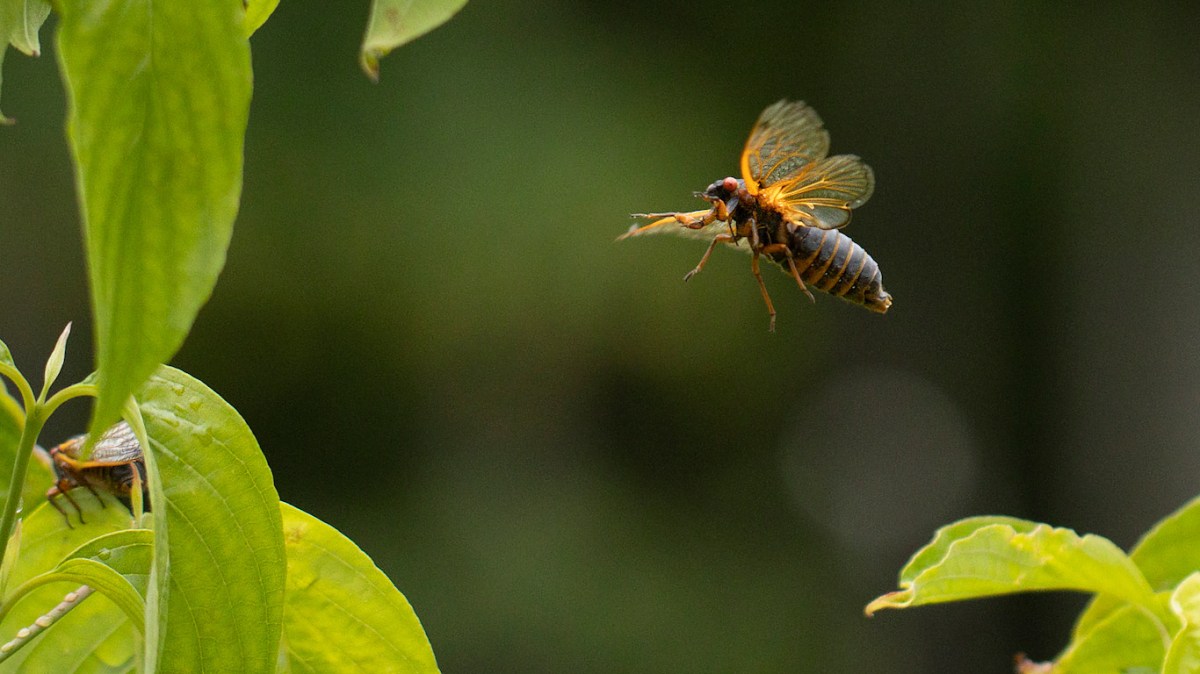The sound of summer love is in the air! Or is it just the incessant droning of those pesky cicadas? As much as I’d like to believe it’s the former, I’m pretty sure it’s the latter.
These little buggers have already made their presence known in a bunch of states, from Illinois to South Carolina. They’re swarming trees, crunching underfoot, and generally making a racket that’s driving everyone bonkers. We see you, cicadas. We hear you. Trust me, we can’t miss you.
Cicadas are divided into two main categories: Annual cicadas, and periodical cicadas. While annual cicadas emerge every year, periodical cicadas have a unique life cycle that results in mass emergences every 13 or 17 years, depending on the species. During their periodic emergence, cicada populations can reach astonishing densities, with up to 1.5 million individuals per acre. The sound produced by male cicadas can reach up to 100 decibels, which is equivalent to a motorcycle nearby. This can be a remarkable natural spectacle, but it can also be overwhelming due to the noise and sheer number of insects.
While it might seem that these mass emergences could cause significant damage to the environment, cicadas are mostly harmless to healthy trees. However, young or newly planted trees can be at risk due to females laying eggs in small branches. Beyond this, the sudden influx of cicadas provides a boon to the local ecosystem. Predators feast on them, and once the cicadas die, their bodies decompose and recycle nutrients back into the soil, enriching it.
Apparently, this year we’ve got a rare double whammy of cicada broods emerging at the same time. Brood XIX, the 13-year cicadas, and Brood XIII, the 17-year cicadas, have synced up their schedules for a once-in-a-221-year extravaganza. This dual emergence is truly something for the history books, last witnessed when Thomas Jefferson was still around in the White House in 1803. I guess when you spend that much time underground, you really want to make your debut count.
The male cicadas are the ones responsible for that charming buzzing sound. They use special organs called tymbals to create their signature serenade, hoping to attract a mate. The females, lucky them, get to sit back and choose their favorite crooner. They usually stick around for about 4-6 weeks just to make sure they’ve thoroughly annoyed everyone in the vicinity. Once a pair hooks up, the female lays her eggs in tree branches, and then it’s game over. The adult cicadas die off, leaving their offspring to start the whole cycle again.
By the time the fireworks are ready to light up the sky for the Fourth of July, the majority of our noisy neighbors should have completed their life’s mission and bowed out. So, hang in there!

